 |
| Consulting activities are part of the tax policy training program for business households. |
Resolution No. 68-NQ/TW dated May 4, 2025 of the Politburo on private economic development determined that the lump-sum tax form for business households will be eliminated no later than 2026. Accordingly, from January 1, 2026, the lump-sum tax collection method for business households will be completely terminated and the management will be shifted to the method of self-declaration and self-payment of taxes according to the provisions of the law on tax management. The application of electronic invoices generated from cash registers has become a step in the journey to create momentum for this model transformation.
Take it step by step
The application of electronic invoices generated from cash registers is not new, since 2022, the tax sector has deployed electronic invoices generated from cash registers. Initially, the tax sector focused on the group of enterprises, households, and individuals who pay taxes by declaration method and have activities of providing goods and services directly to consumers. By 2024, the tax authority has expanded the implementation of electronic invoices, electronic invoices generated from cash registers for petroleum business activities, gold business activities and a number of other potentially risky areas; at the same time, strengthening the control and prevention of electronic invoice fraud. According to data from Hue City Tax, by the end of 2024, the city had 409 businesses that had deployed electronic invoices generated from cash registers.
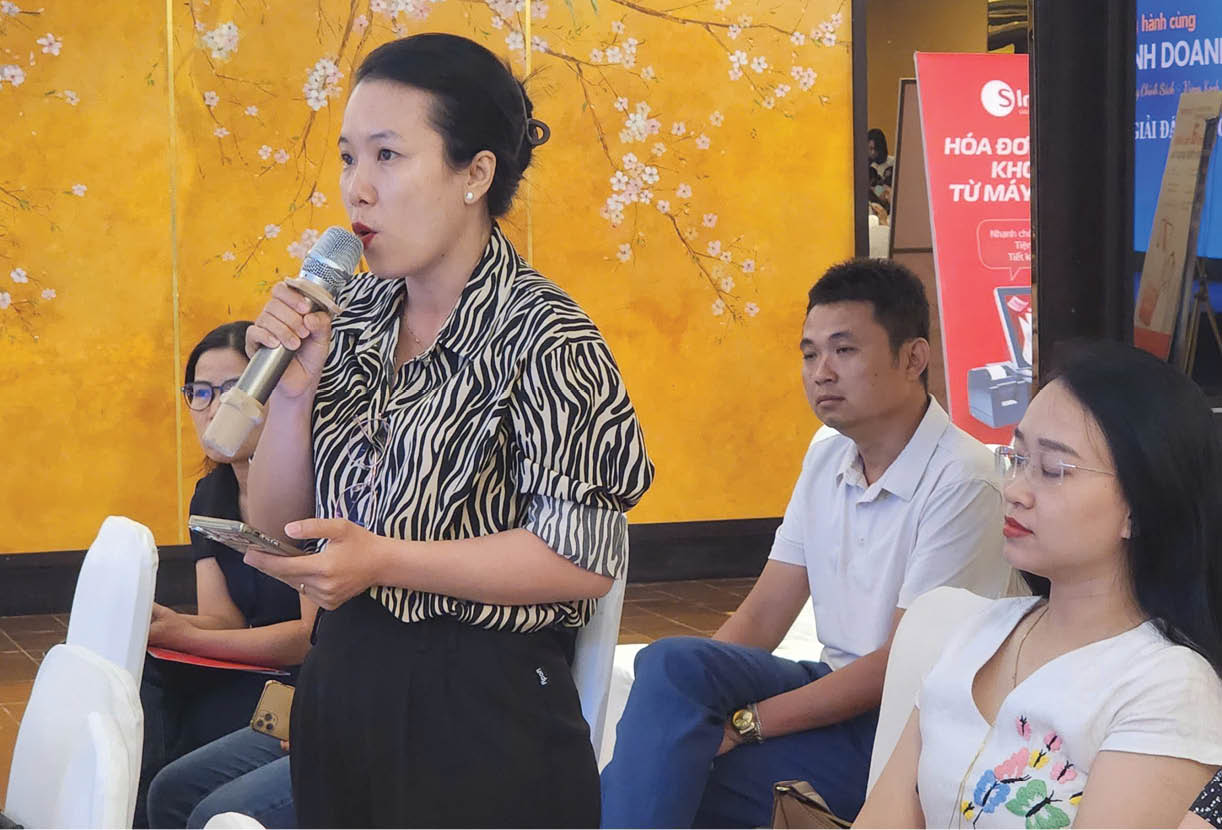 |
| Business households share difficulties at the workshop organized by the City Tax Department in coordination with other units. |
Recently, Decree 70/2025/ND-CP amending and supplementing a number of articles of Decree 123/2020/ND-CP of the Government regulating invoices and documents, effective from June 1, 2025, has expanded the scope of application of electronic invoices generated from cash registers. Specifically, business households, business individuals with annual revenue of VND 1 billion or more and enterprises with activities of selling goods and providing services directly to consumers must use electronic invoices generated from cash registers connected to transfer electronic data to tax authorities. Applicable industries include: Trade centers; supermarkets, retail (except cars, motorbikes, scooters and other motor vehicles); food and beverage; restaurants; hotels; passenger transport services, direct support services for road transport, art services, entertainment, recreation, cinema activities, other personal services as prescribed.
Mr. Doan Vi Tuyen, Head of Hue City Tax, said that the application of electronic invoices generated from cash registers is not only a legal requirement but also brings many practical benefits to both taxpayers and management agencies. Therefore, the implementation of electronic invoices generated from cash registers is considered an important solution in current tax management. Electronic invoices generated from cash registers are directly connected to tax authorities to help track and supervise revenue effectively, minimize the situation of false declaration or non-declaration of income, help tax authorities strengthen revenue control, and limit tax losses. The creation of transparent electronic invoices generated from cash registers helps ensure that taxpayers fulfill their obligations, while minimizing the risk of loss to the state budget; preventing fraud and tax evasion.
In addition, this is also a solution to protect consumer rights when the information on the invoice is clear, complete and easy to look up, helping customers feel secure in comparing, complaining or checking the origin of goods and services. Digitizing the entire invoice process helps reduce errors, ensuring accurate and clear information for both parties in the transaction.
Transforming tax management model
To continue modernizing tax management for business households and eliminating lump-sum tax in the spirit of Resolution 68, the Ministry of Finance recently issued Decision 3389 approving the Project "Converting the model and method of tax management for business households when eliminating lump-sum tax". In addition to perfecting tax institutions and policies, the project focuses on perfecting the management method to replace the lump-sum tax method with the declaration method.
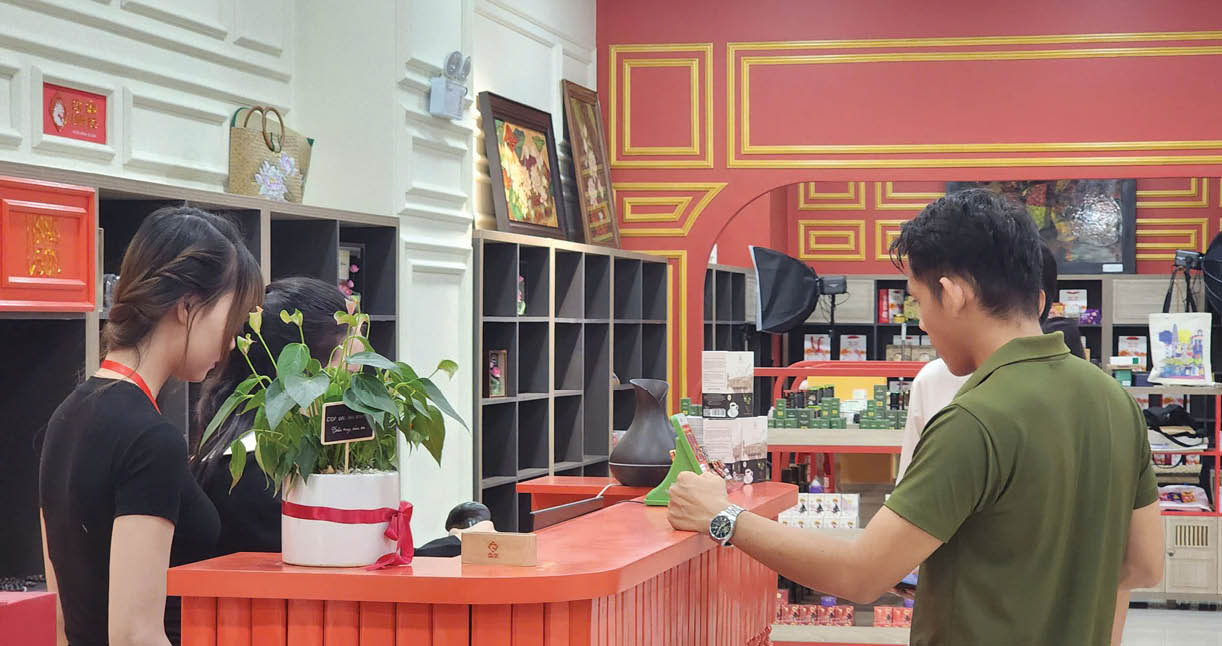 |
| Business establishments that provide goods and services directly to consumers are subject to the application of electronic invoices generated from cash registers. |
According to the project, the tax management model for business households and individuals is divided into 3 groups. For the group with revenue under 200 million VND/year, business households do not have to pay value added tax (VAT) and personal income tax (PIT) but must declare twice a year (beginning/mid-year and end of year) to determine tax obligations. This group is encouraged to use electronic invoices with tax authority codes (in transactions with consumers). For the group with revenue from 200 million to 3 billion VND/year, VAT will be calculated by the direct method as a % of revenue or voluntarily register to apply the deduction method if eligible. PIT is calculated as a % of revenue by industry. This group makes quarterly declarations (4 times/year) and annual settlements, and is required to use electronic invoices generated from cash registers if the revenue is over 1 billion VND/year and has business activities selling goods and providing services directly to consumers.
The group with revenue over 3 billion VND/year must apply deduction, the tax payable is equal to output VAT minus deductible input VAT. Personal income tax is 17% of taxable income, declared monthly (if annual revenue is over 50 billion) or quarterly and finalized annually, must use electronic invoices with codes or electronic invoices generated from cash registers.
One of the important solutions to support business households specified in this project is to increase the application of digital technology, electronic invoices, develop shared digital platforms to support business households to ensure that 100% of business households can easily carry out procedures electronically; build and provide free or low-cost digital platforms and accounting software for business households and micro-enterprises to encourage and support business households and micro-enterprises to transform; build an automatic tax calculation application system from electronic invoice data to reduce the burden of declaration for business households and increase the accuracy of tax calculation.
On the tax authority side, applying information technology to manage risks based on building a business database with relevant parties, ensuring close monitoring of business activities after the tax is abolished, creating a foundation for modern management, preventing revenue loss...
Recently, the City Tax Department sent an open letter to the business households in the area regarding the conversion of the tax management model and method for business households and individuals from contract to declaration from January 1, 2026. Mr. Doan Vi Tuyen, Head of Hue City Tax Department, affirmed that any change will bring initial confusion. However, the transition to the declaration method will be an opportunity for business households to enhance their reputation and professionalism, easily access preferential loans from banks and credit institutions, expand cooperation opportunities, confidently participate in large supply chains and become a trusted partner of domestic and foreign enterprises. To ensure the conversion process, Hue City Tax Department and its affiliated tax agencies pledge to always accompany and stand side by side with business households. “We will organize training sessions, provide detailed instructions, provide support tools and software, and simplify administrative procedures to the maximum so that business households and individuals can access tax policies more easily,” Mr. Tuyen informed.
(continued)
Source: https://huengaynay.vn/kinh-te/tien-de-chuyen-doi-mo-hinh-quan-ly-thue-ho-kinh-doanh-bai-1-nen-tang-chuyen-doi-mo-hinh-kinh-doanh-159284.html





![[Photo] President Luong Cuong attends the 80th Anniversary of the Traditional Day of the Armed Forces of Military Region 3](https://vphoto.vietnam.vn/thumb/1200x675/vietnam/resource/IMAGE/2025/10/28/1761635584312_ndo_br_1-jpg.webp)

![[Photo] The 5th Patriotic Emulation Congress of the Central Inspection Commission](https://vphoto.vietnam.vn/thumb/1200x675/vietnam/resource/IMAGE/2025/10/27/1761566862838_ndo_br_1-1858-jpg.webp)
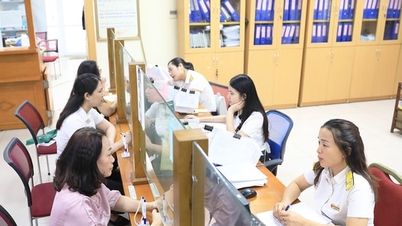

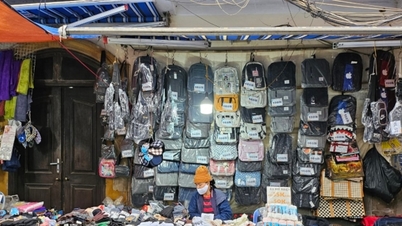

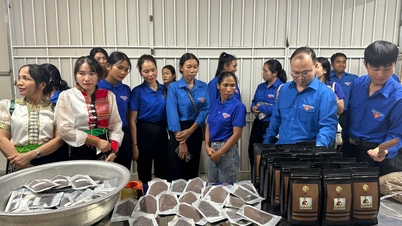



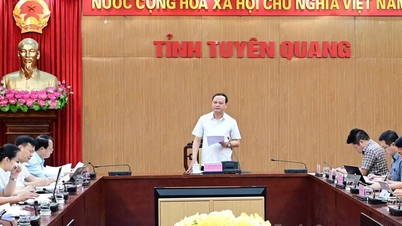

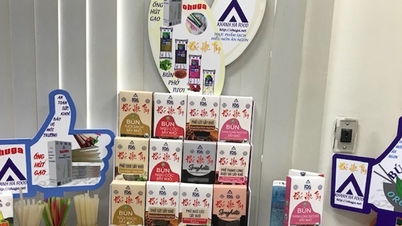
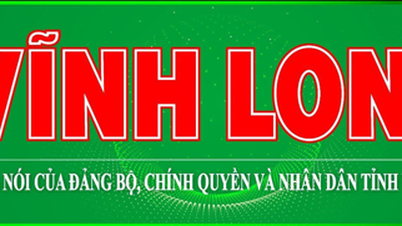

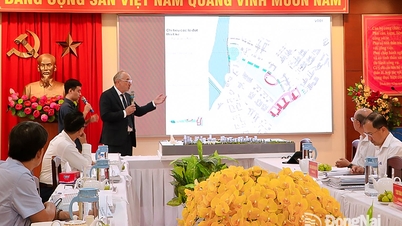



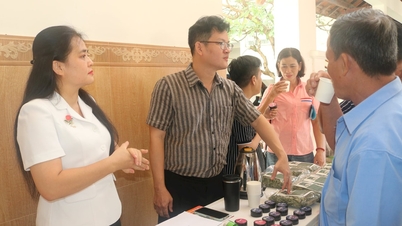
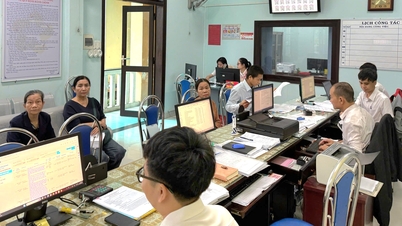












![[Photo] National Assembly Chairman Tran Thanh Man receives Chairman of the House of Representatives of Uzbekistan Nuriddin Ismoilov](https://vphoto.vietnam.vn/thumb/1200x675/vietnam/resource/IMAGE/2025/10/27/1761542647910_bnd-2610-jpg.webp)
![[Photo] Party Committees of Central Party agencies summarize the implementation of Resolution No. 18-NQ/TW and the direction of the Party Congress](https://vphoto.vietnam.vn/thumb/1200x675/vietnam/resource/IMAGE/2025/10/27/1761545645968_ndo_br_1-jpg.webp)



























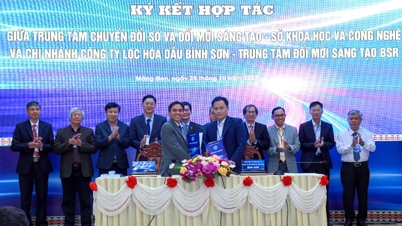
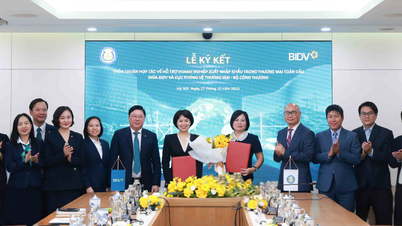






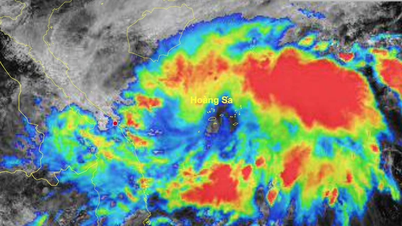




![[Photo] Prime Minister attends the 28th ASEAN-China Summit](https://vphoto.vietnam.vn/thumb/402x226/vietnam/resource/IMAGE/2025/10/28/1761624895025_image-2.jpeg)






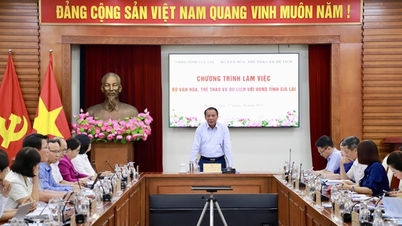
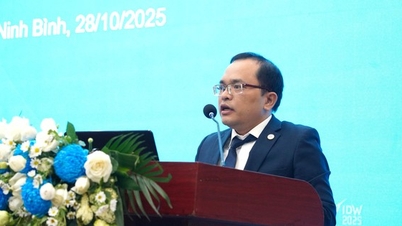



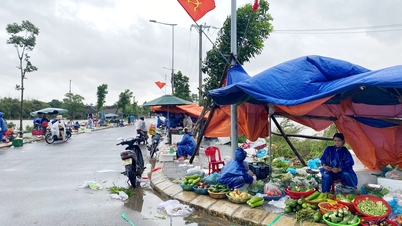


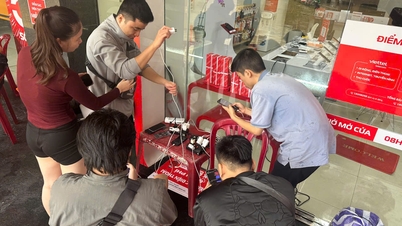















Comment (0)